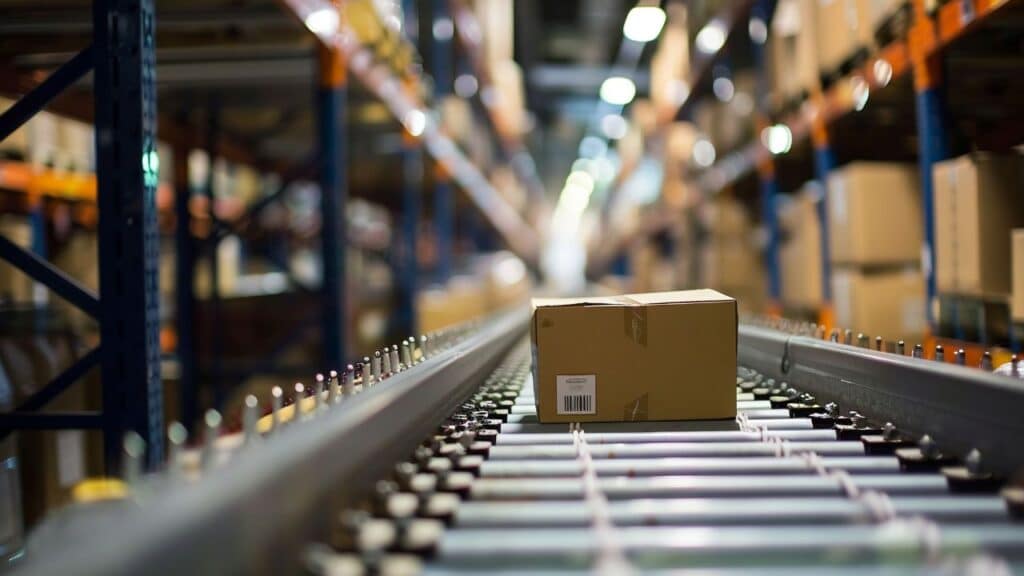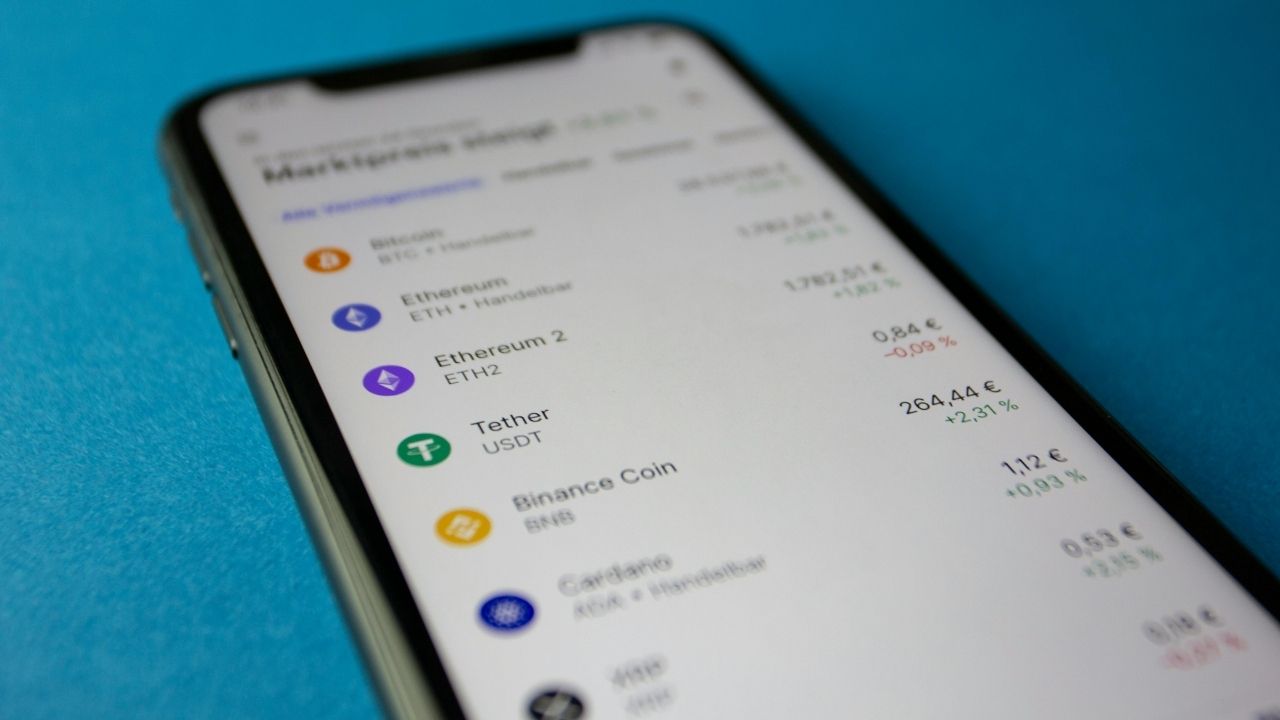In a vibrant and competitive city like Los Angeles, small businesses face unique challenges and opportunities.
Whether you’re managing a retail store, a local service, or an emerging tech startup, understanding your market and optimizing your operations are key to thriving.
One tool that’s proving invaluable to small businesses in LA is business mapping. Business mapping involves using data-driven maps to visualize critical business information such as customer demographics, sales territories, location analysis, and logistics planning.
Through business mapping, small businesses can gain insights, make informed decisions, and efficiently serve their Los Angeles clientele.
If you’re wondering how business mapping can elevate your small business, here are 10 transformative ways to leverage this powerful tool.
Why Business Mapping Matters for Small Businesses in Los Angeles?
In a city as diverse and dynamic as Los Angeles, understanding local demographics, customer behavior, and logistical factors can make or break a business.
Business mapping enables entrepreneurs to analyze data in a visual format, allowing for better understanding and planning. This approach can streamline operations, improve customer satisfaction, and help small businesses grow.
10 Ways Business Mapping Can Transform Your Small Business in Los Angeles
Here are 10 ways that Business Mapping Can Transform Your Small Business in Los Angeles.
1. Identify Ideal Locations for Business Expansion
Choosing the right location for a new store or office in Los Angeles is crucial, and business mapping can provide the insights needed to make the best choice.
- Location Analysis: By mapping data on foot traffic, competitor locations, and demographic information, small businesses can identify neighborhoods with a high concentration of their target audience.
- Proximity to Suppliers and Partners: Business mapping can also highlight the proximity of potential locations to suppliers, reducing logistics costs and improving efficiency.
- Avoiding Overcrowded Areas: In a densely populated city like LA, business mapping helps identify regions with limited competition, allowing businesses to stand out and attract customers.
For any small business considering expansion in Los Angeles, location analysis through business mapping is essential to making informed decisions and optimizing foot traffic and visibility.
2. Visualize and Optimize Delivery Routes
Delivery can be a major operational challenge for small businesses, especially with Los Angeles’ infamous traffic. Business mapping helps plan and optimize delivery routes, saving time and costs.
- Efficient Route Planning: Mapping tools analyze traffic patterns and identify the most efficient routes, reducing delivery times.
- Real-Time Adjustments: Business mapping software with real-time data allows for on-the-fly adjustments to routes based on traffic or weather.
- Reducing Fuel Costs: Optimizing routes leads to lower fuel costs and improved customer satisfaction with faster deliveries.
For businesses that rely on delivery, such as food services or e-commerce, mapping can lead to substantial improvements in logistics and customer service.
3. Understand Local Market Demographics
Los Angeles is home to a highly diverse population with varying needs and preferences. Business mapping allows small businesses to segment the market by neighborhood demographics.
- Targeted Marketing: By mapping demographic data, small businesses can tailor marketing efforts to specific areas, ensuring their messages resonate with local audiences.
- Identify Customer Segments: Mapping tools help identify key customer segments by age, income, lifestyle, and cultural background, guiding product offerings and promotions.
- Enhanced Customer Experience: Understanding the demographics of different LA neighborhoods helps in designing services or product selections that cater to specific groups.
Understanding local market demographics empowers small businesses to make more strategic decisions, focusing resources on areas where their products or services are most needed.
4. Improve Sales Territory Management
Managing sales territories effectively is crucial for maximizing sales and ensuring your team reaches customers in different parts of Los Angeles.
- Visualizing Sales Territories: Business mapping allows small businesses to visualize their sales territories, ensuring sales reps are efficiently covering all areas.
- Balancing Workloads: Mapping helps distribute workload evenly among sales reps, preventing overlaps or neglected areas.
- Tracking Sales Performance: Small businesses can track sales performance by territory, identifying high-performing and underperforming regions to optimize resources.
By refining sales territory management, small businesses can improve efficiency, reduce costs, and increase sales productivity across Los Angeles.
5. Conduct Competitor Analysis
With many businesses competing in Los Angeles, understanding competitor locations and strategies is key to standing out. Business mapping offers valuable insights into competitor analysis.
- Locating Competitors: By mapping competitor locations, businesses can identify underserved areas with fewer competitors, ideal for attracting new customers.
- Analyzing Market Saturation: Mapping reveals how many businesses offer similar products or services within a certain radius, helping businesses position themselves strategically.
- Identifying Unique Selling Points: By understanding the competition, businesses can refine their offerings to highlight unique features or advantages that differentiate them.
Competitor analysis through mapping provides a competitive edge by helping small businesses in Los Angeles position themselves more strategically.
6. Enhance Customer Segmentation and Targeting
Business mapping makes it easier to segment customers based on their geographic and demographic characteristics, leading to more effective marketing and personalized service.
- Defining Customer Profiles: Mapping tools help identify clusters of customers with similar traits, making it easier to target specific segments.
- Localized Marketing Campaigns: By focusing marketing efforts on key neighborhoods, small businesses can design more effective campaigns tailored to local preferences.
- Building Customer Loyalty: Providing services or promotions based on location-specific needs fosters customer loyalty and enhances the brand’s reputation in local areas.
With precise customer segmentation, businesses can deliver personalized services and strengthen customer relationships in Los Angeles.
7. Streamline Supply Chain and Inventory Management
Effective supply chain management is essential for any small business, and mapping can help optimize logistics and inventory control.
- Warehouse Location Planning: Mapping tools can identify ideal locations for warehouses based on proximity to suppliers and customer demand, reducing transportation costs.
- Tracking Inventory Demand: Mapping customer demand by region helps manage inventory levels, ensuring high-demand areas are well-stocked while avoiding overstock in slower regions.
- Minimizing Shipping Costs: By planning supply chain logistics with mapping, businesses can reduce unnecessary costs and improve efficiency.
For small businesses with complex supply chains, business mapping offers valuable insights to enhance inventory management and streamline operations.
8. Conduct Localized Advertising and Promotions
Localized advertising is especially effective in a city as diverse as Los Angeles, where each neighborhood has its own identity and demographic makeup.
- Geotargeting for Ads: Mapping tools allow businesses to target ads based on location, reaching audiences in specific neighborhoods or even specific blocks.
- Planning In-Store Promotions: Knowing where customers live helps plan in-store events or promotions to appeal to local residents and increase foot traffic.
- Optimizing Social Media and Google Ads: Mapping helps determine which areas to focus on in online advertising, maximizing ad effectiveness and reducing costs.
By tailoring advertising efforts based on mapping data, small businesses in Los Angeles can boost visibility, attract new customers, and build a local presence.
9. Analyze Foot Traffic for Retail Optimization
For brick-and-mortar stores, understanding foot traffic patterns is crucial for maximizing visibility and sales.
- Foot Traffic Analysis: Mapping tools can analyze patterns of foot traffic in different neighborhoods, identifying high-traffic areas where retail spaces are most valuable.
- Store Layout Planning: Understanding foot traffic within the store helps with layout design, ensuring that high-demand products are in easily accessible locations.
- Event Planning: Mapping data helps identify ideal times and locations for events or promotions based on foot traffic data, increasing customer engagement.
Foot traffic analysis enables small businesses to make informed decisions about location, store layout, and promotional timing to optimize retail performance.
10. Monitor and Adapt to Market Trends
Keeping up with market trends is vital for staying competitive in Los Angeles’ fast-paced business environment. Business mapping provides data-driven insights that help businesses adapt.
- Identifying Shifting Demographics: Mapping reveals demographic changes over time, helping businesses adjust their strategies to meet the needs of new populations.
- Spotting Emerging Markets: Mapping tools can help spot emerging trends, like rising demand for certain products or shifts in consumer preferences in different areas.
- Tracking Customer Behavior Trends: Business mapping enables small businesses to track purchasing behaviors and adjust marketing strategies accordingly.
By monitoring market trends through mapping, businesses in Los Angeles can stay ahead of competitors, pivot their strategies, and continue to grow in an evolving landscape.
Conclusion
Business mapping offers an invaluable toolkit for small businesses in Los Angeles, providing insights and strategies to navigate the city’s unique market dynamics.
From identifying ideal locations to refining customer segmentation, mapping enables business owners to make informed, data-driven decisions that drive growth and efficiency.
Whether your goal is to expand, optimize logistics, or improve customer engagement, business mapping can transform how you operate and compete in the vibrant LA market.
With these 10 strategies, business mapping empowers small businesses to streamline operations, improve customer satisfaction, and make a lasting impact in Los Angeles.
By integrating mapping tools into your business strategy, you’ll gain a competitive edge and be better equipped to meet the demands of this dynamic city.









































